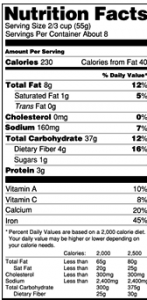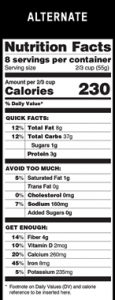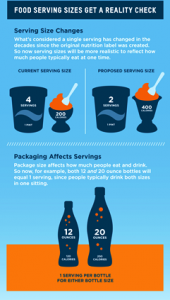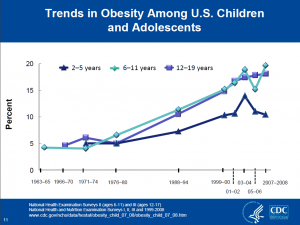Oops. WIC rules for yogurt permit loads of added sugar
After my post earlier this week about the USDA’s final rules for the WIC program, I heard from Tracy Fox, who heads a food and nutrition policy consulting firm in Washington, DC.
She wrote: “Did you see the amount of total sugar they are allowing in the yogurt provision? Up to 40 grams per 8 ounces.”
Oops. She’s right.
The sugar rules for WIC yogurt
The rules say:
As recommended by the IOM, yogurt must conform to the standard of identity for yogurt as listed in Table 4 of 7 CFR 246.10(e)(12) and may be plain or flavored with ≤ 40 grams of total sugar per 1 cup of yogurt.
The IOM reference is to the Institute of Medicine’s 2005 report, WIC Food Packages: Time for a Change. On page 221, this report says:
Yogurt (must conform to FDA standard of identity…plain or flavored with ≤ 17 g of total sugars per 100 g yogurt.
Let’s do the math
The standard serving size for yogurt in these rules is 8 ounces, or 226 grams. At 17 grams of sugar per 100 grams, this allows for 38.4 grams of sugar per 8 ounces. USDA must have rounded this up to 40.
But plain yogurt is already sweet. It contains 16 grams of lactose sugar in 8 ounces.
The rules allow for an additional 24 grams of sugar per 8 ounces—6 teaspoons!
But most yogurt comes in 6 ounces containers
In 2003, yogurt makers shrunk the package size to 6 ounces as a cost-saving measure.
A 6-ounce yogurt contains 12 grams of lactose.
So the rules allow for 18 grams of added sugars in 6 ounces—4.5 teaspoons.
The new Nutrition Facts label may help
- It requires listing the amount of added sugars.
- This may discourage government agencies from buying highly sweetened yogurts.
- It may encourage yogurt makers to cut the sugar.
In the meantime, what to do?
- Encourage the WIC program to buy plain yogurt.
- Ask USDA to amend the regulations.
- Make sure added sugars stays on the FDA’s proposed rules (file comments here)









